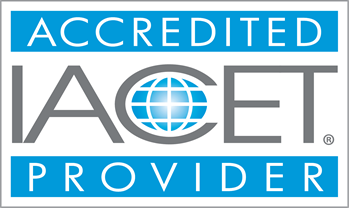Price: $19.99
Forklift Certification
Proper forklift training and certification is critical for a safe work environment. OSHA 29 CFR 1910.178 outlines requirements for forklift operator training and licensing to reduce workplace hazards.Forklift training and forklift safety essentials for operators, pedestrians and property owners. This forklift safety training course is effective training resource that provides forklift operators and those working around forklifts with essential knowledge that will lead to a safer work environment.
Course Modules - (10)
This course meets the educational requirements for federal OSHA Standard training.
Learning Outcomes:
- Upon completion of this course trainees will have the skills and knowledge necessary to be affective operators and ensure safe work practices, procedures. and
- OSHA Standards
- Equipment Inspection
- Different Types of Forklifts
- Operator’s Responsibilities
- Safe Operation
- Principles of Balance
- Training Requirements
- Fueling & Charging
Completion Requirements:
- 100% appearance for the course
- Fully involvement in all class trainings (determined by instructor)
- Completion of Continuing Education and Training Registration Form
- Completion of mandatory quiz assessments
- As applicable, attainment of least passing score on required end-of-course examination
- Participation and submittal of end-of-course assessment form (must provide name on form to obtain credit)


